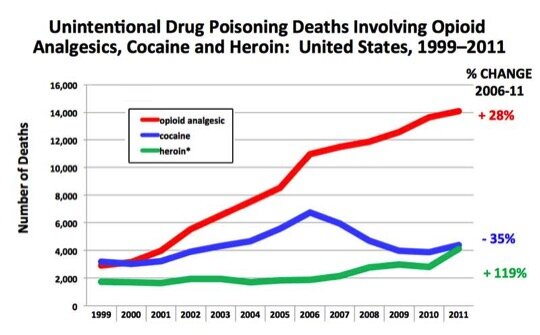Number of Youth Increasing Around the US
According to the Department of Health and Human Services’ annual report, the foster care population in Fiscal year 2014 rose to 415,129 children from fewer than 401,000 children in Fiscal year 2013. These staggering numbers exemplify a failing system that needs serious reform, but despite more than a decade of intended reform, the nation’s foster care system is still overcrowded and rife with problems.
The federal government provides approximately $9.73 billion annually to states through its two main funding sources of dedicated child welfare funding, Title IV-E and Title IV-B of the Social Security Act. Rather than promoting innovative and proven approaches that better serve children and keep them safe, the bulk of federal funding can only be spent on maintaining children in foster care. These restrictive funding rules hinder the ways that child welfare systems can work with their communities to keep children safe.
Families and child welfare agencies have been affected by multiple drug epidemics over the past several decades—cocaine in the late 1980s, methamphetamine in the early 2000s and now opioids. However, long-time child welfare professionals describe the increase of opioid misuse as having one of the worst effects on child welfare systems that they have ever seen. There has never before been “a class of drugs that has affected people from every demographic as millions of Americans are addicted to opioids and over 70 people die from an overdose every day, with as many as 44,000 deaths every year” (National Institute on Drug Abuse). Moreover, abuse of opioids like heroin and prescription painkillers is straining child-welfare agencies across America, because there are not systems in place to help addictive parents before the child welfare system intervenes.In fact, “for every $6 spent to maintain children in foster care, only $1 is available to be invested in a broader array of services that safely prevent the need for foster care” (Casey Family Programs). Not only is this crisis taking thousands of lives, but also it is destroying families and homes, sending more children into foster care every year.
In 2014 alone, 261,746 youth entered care and 107,818 foster youth were waiting to be adopted, a 3.5% increase from 2013. A clear sign that our child welfare system is not stable during times of a crisis. Foster care is meant to be a temporary placement for youth with the goal of returning them to a safe, healthy, and permanent living environment. Unfortunately, children and families aren’t always on the minds of policy makers who rely on an outdated system to care for the most vulnerable sector of the population. The opioid crisis will not be the last epidemic that will come in contact with the child welfare system; it is our duty to ensure that effective policies are implemented to prepare more thoughtfully for the next.

